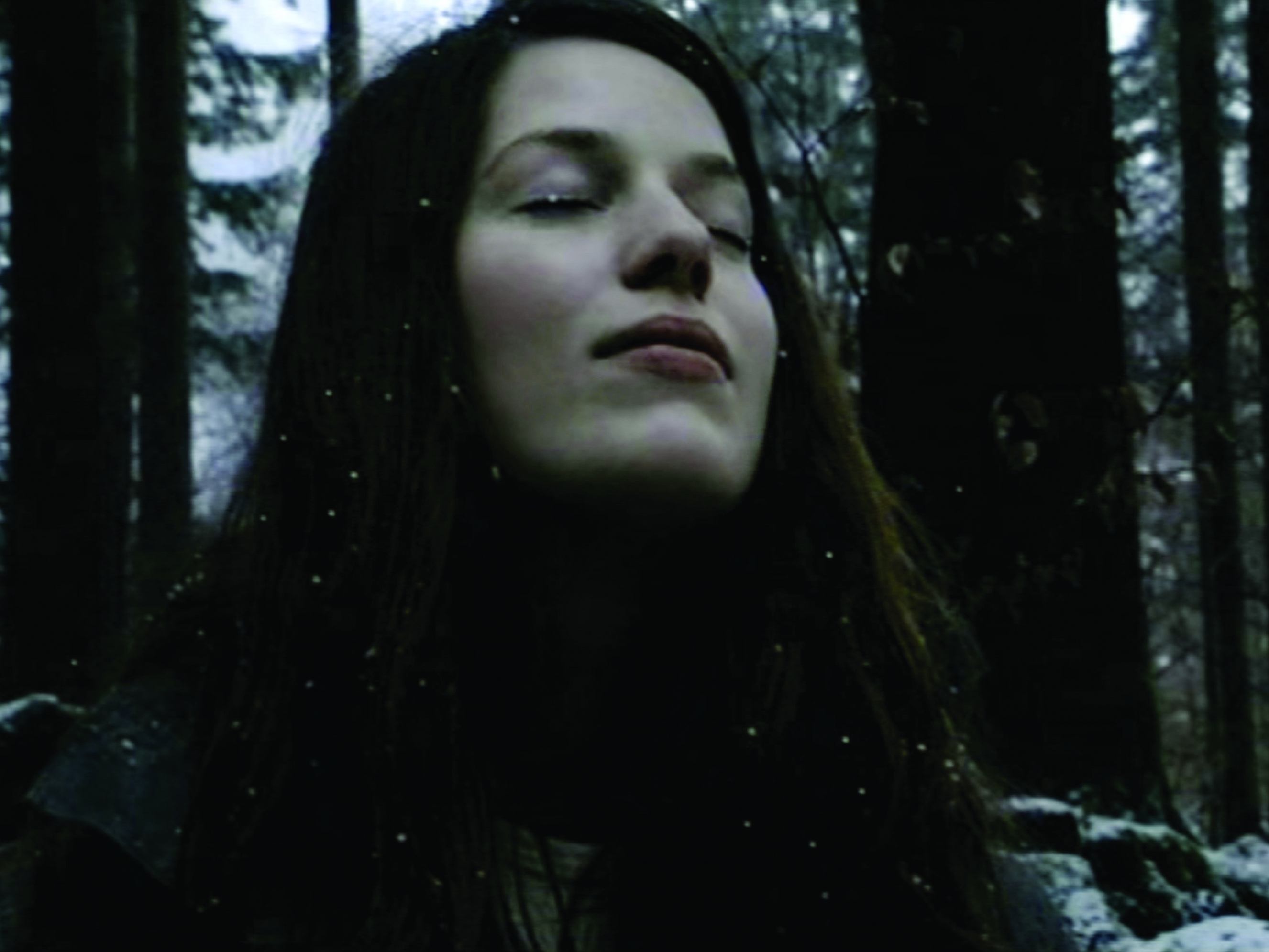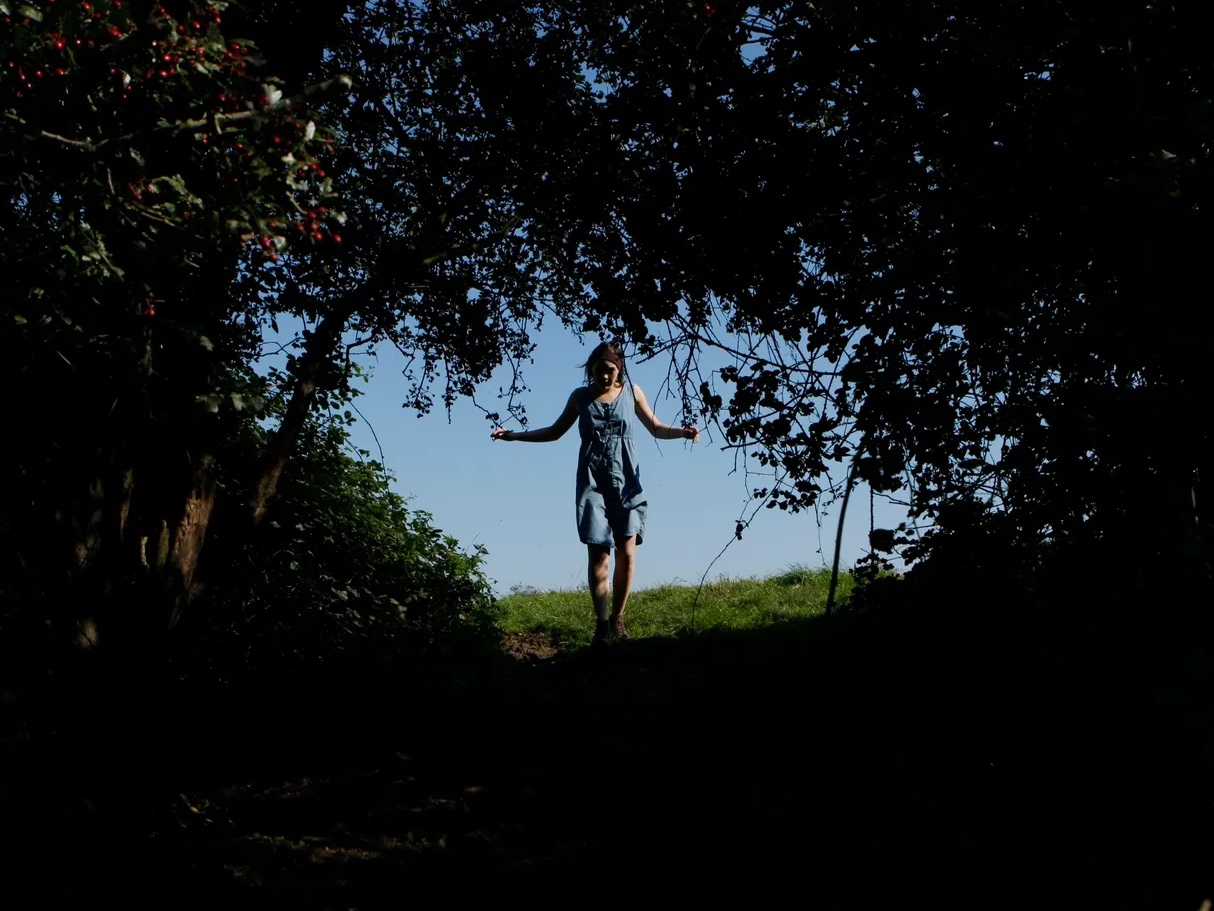Week 14/2023
Few filmmakers have had such a radical influence on the history of cinema as Robert Bresson, whose uncompromised style has even given rise to its own adjective.
"Bressonian" to the core, Philippe Dumont's Hadewijch is in many ways indebted to the French master. Not only does the clash of the protagonist's excessive devotion with societal norms evoke Procès de Jeanne d'Arc, Dumont's elliptical editing and rigorous framing also earned him the label of Bresson's stylistic heir. After an excruciating mystical search for the presence of God, the protagonist eventually finds spiritual salvation in the world itself. As in Bresson's films, the immanent becomes an expression of the transcendent.
Marguerite Duras does not shy away from calling Bresson the greatest filmmaker of all time. Her admiration for Bresson's modest yet decisive approach to filmmaking informs many aspects of Nathalie Granger, Duras's subdued exploration of domestic space. Contrary to most of Duras's films, which tend to rely on dialogue, the absence of speech in Nathalie Granger lets the space of the house speak for itself. Duras's universe is drenched in a disquieting silence and the bodies that occupy it suggest an uncanny history without revealing it.
Un lac is the film in which Grandrieux's idiosyncratic style reaches its purest form. On the surface, the shaky camera and blurry images seem far removed from Bresson's ascetic and precise mise-en-scène. However, what binds both Frenchmen is their focus on the body and their obsession with the meaning enclosed in bodily gestures. As Grandrieux himself puts it: "the way that he [Bresson] frames hands, body parts, is an aspect of his work that is unbelievably classical and at the same time powerful." Much like Bresson, Grandrieux believes that cinema can generate its own meaning. Rather than producing "filmed theatre," he combines sounds and images to create a new way of writing that does not depend on that which is represented.




